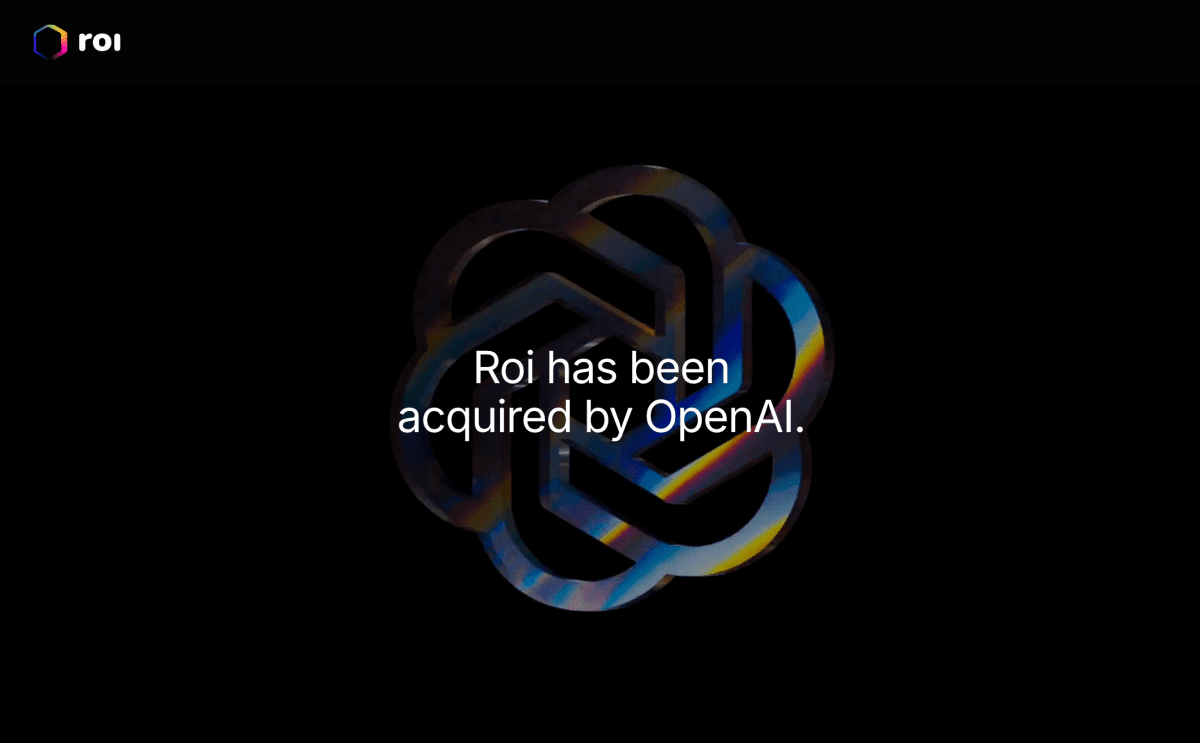
a biological 0-day threat-screening tools may miss A recent announcement from a team of researchers led by Microsoft highlights a significant vulnerability in biological security systems, particularly concerning AI-designed proteins.
a biological 0-day threat-screening tools may miss
Understanding the Biological Zero-Day Vulnerability
On Thursday, researchers revealed what they are calling a biological zero-day—a previously unrecognized security flaw in the biosurveillance systems designed to protect against biological threats. This discovery raises concerns about the adequacy of current screening mechanisms that monitor the purchase of DNA sequences. These systems are intended to identify orders that could lead to the synthesis of dangerous pathogens or toxins. However, the researchers argue that advancements in artificial intelligence (AI) have rendered these systems increasingly susceptible to overlooking new threats, particularly those posed by AI-generated toxins.
The Role of AI in Protein Design
To grasp the magnitude of this threat, it is essential to understand the capabilities of AI in the realm of protein design. Traditional methods of protein synthesis rely on natural biological processes, where DNA is transcribed into RNA, which is then translated into proteins. This process has been the foundation of biological research and biotechnology for decades. However, with the advent of AI, researchers can now design proteins with unprecedented precision and specificity.
AI algorithms can analyze vast datasets to predict the structure and function of proteins based on their amino acid sequences. This capability allows for the rapid design of novel proteins that may not exist in nature. While this innovation has tremendous potential for beneficial applications—such as developing new drugs or enzymes—it also poses significant risks. The ability to create proteins that could act as toxins or pathogens raises alarms about biosecurity and the potential for misuse.
Current Biosurveillance Programs
Existing biosurveillance programs play a crucial role in identifying and mitigating biological threats. These programs typically involve monitoring the purchase of DNA sequences, particularly those that encode for known toxins or pathogens. The goal is to prevent the synthesis of dangerous biological agents that could be used in bioterrorism or accidental releases.
Some of the key components of these biosurveillance systems include:
- Screening DNA Purchases: Companies and laboratories that sell DNA sequences are required to screen orders for potentially harmful sequences. This includes sequences that encode for known toxins, pathogens, or other dangerous biological agents.
- Regulatory Oversight: Government agencies, such as the Centers for Disease Control and Prevention (CDC) and the National Institutes of Health (NIH), provide guidelines and regulations to ensure that biosurveillance programs operate effectively.
- Collaboration with Industry: Many biosurveillance initiatives involve partnerships between government agencies and private companies to enhance monitoring capabilities and share information about emerging threats.
Limitations of Current Systems
Despite these efforts, the researchers from Microsoft argue that current biosurveillance systems have significant limitations. The primary concern is that these systems are not equipped to detect AI-designed proteins that do not match known sequences or patterns. As AI continues to evolve, the potential for creating entirely new toxins or pathogens increases, making it challenging for existing systems to keep pace.
Moreover, the researchers point out that many AI-designed proteins may not exhibit the same characteristics as their natural counterparts, further complicating detection efforts. This gap in the biosurveillance framework raises questions about the effectiveness of current screening methods and the need for updated protocols to address emerging threats.
Potential Implications of AI-Designed Toxins
The implications of AI-designed proteins extend beyond the immediate concerns of biological security. The ability to create novel toxins poses risks not only to public health but also to national security. The potential for misuse by malicious actors, including bioterrorists or rogue states, could lead to catastrophic consequences.
Public Health Risks
From a public health perspective, the emergence of AI-designed toxins could lead to new outbreaks of disease or poisoning incidents. Traditional methods of identifying and responding to biological threats may not be sufficient to address these novel agents. This could strain public health systems and emergency response teams, leading to delays in containment and treatment efforts.
National Security Concerns
On a broader scale, the potential for AI-designed toxins to be weaponized raises national security concerns. Governments around the world must consider the implications of this technology and the need for robust biosecurity measures. The possibility of AI-generated biological agents being used in acts of terrorism or warfare necessitates a reevaluation of current defense strategies.
Stakeholder Reactions
The announcement from Microsoft has prompted a range of reactions from various stakeholders, including government agencies, academic institutions, and the biotechnology industry. Many experts acknowledge the importance of addressing the vulnerabilities identified by the researchers.
Government Response
Government agencies responsible for public health and safety are likely to take a keen interest in the findings. Officials may consider implementing stricter regulations on the purchase and synthesis of DNA sequences, particularly those that could lead to the creation of AI-designed proteins. Additionally, there may be calls for increased funding for research into biosurveillance technologies that can better detect novel threats.
Academic and Industry Perspectives
Academics and industry leaders in biotechnology are also weighing in on the implications of this discovery. Many researchers emphasize the need for collaboration between the scientific community and regulatory bodies to develop new tools and methodologies for biosurveillance. The focus will likely shift toward creating systems that can adapt to the rapidly evolving landscape of AI and biotechnology.
Future Directions in Biosurveillance
As the field of AI continues to advance, the need for innovative solutions in biosurveillance becomes increasingly urgent. Researchers are exploring various approaches to enhance detection capabilities and mitigate the risks associated with AI-designed proteins.
Developing Advanced Detection Technologies
One potential avenue for improvement lies in the development of advanced detection technologies that can identify novel proteins based on their structural characteristics rather than relying solely on sequence matching. Techniques such as mass spectrometry and machine learning algorithms may play a pivotal role in this effort.
Enhancing Collaboration and Information Sharing
Collaboration between government agencies, academia, and the private sector will be essential in addressing the challenges posed by AI-designed toxins. Establishing platforms for information sharing and joint research initiatives can facilitate the development of more effective biosurveillance systems.
Conclusion
The discovery of a biological zero-day vulnerability in biosurveillance systems underscores the urgent need for a reevaluation of current practices in light of advancements in AI. As researchers continue to explore the capabilities of AI-designed proteins, it is crucial for stakeholders to work together to enhance detection methods and safeguard against potential biological threats. The implications of this research extend beyond the laboratory, affecting public health, national security, and the future of biotechnology.
Source: Original report
Was this helpful?
Last Modified: October 4, 2025 at 4:37 am
2 views















